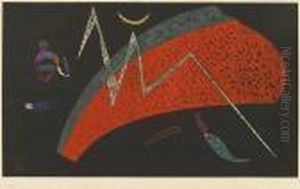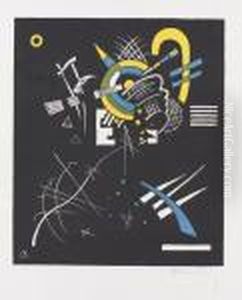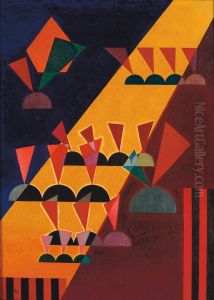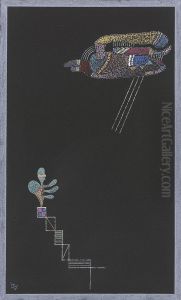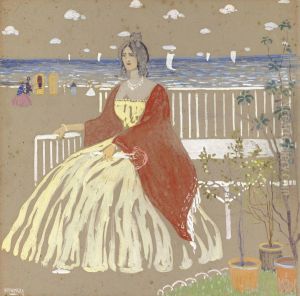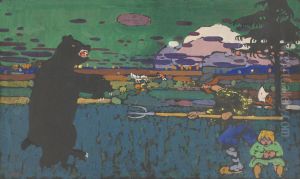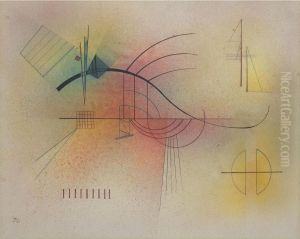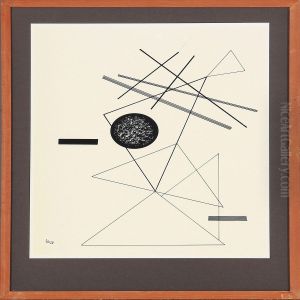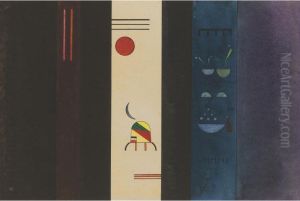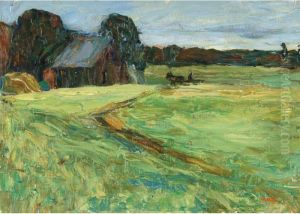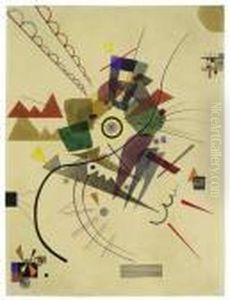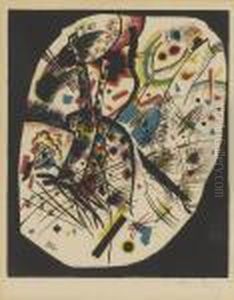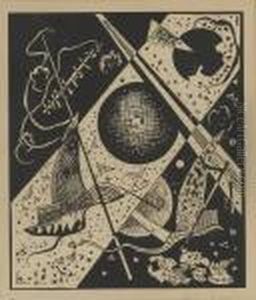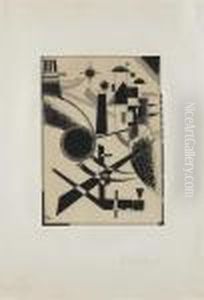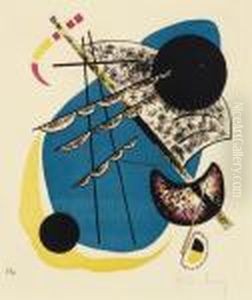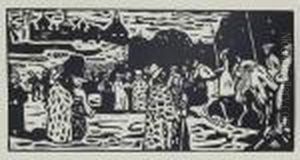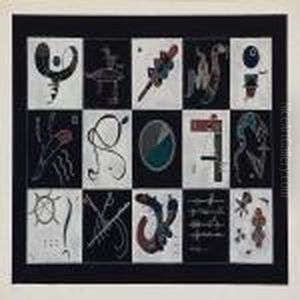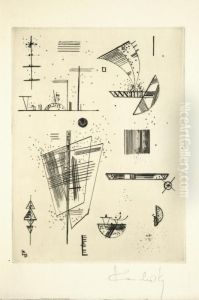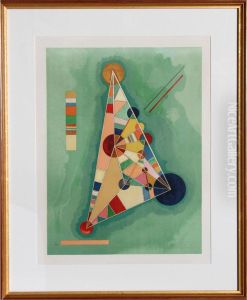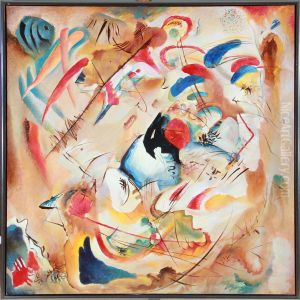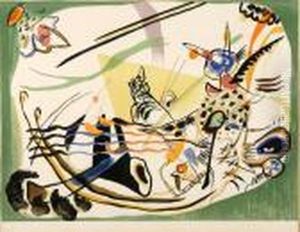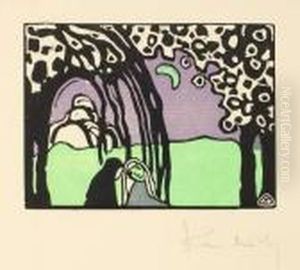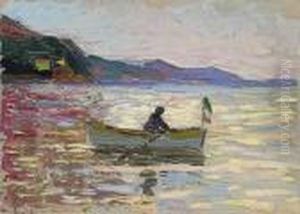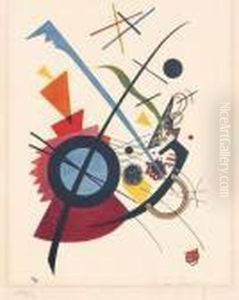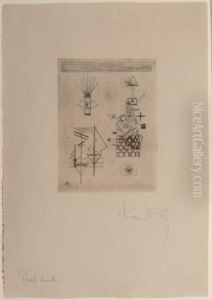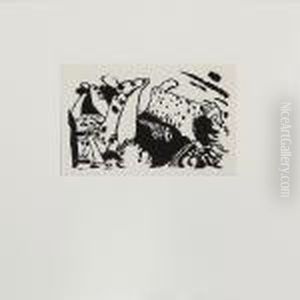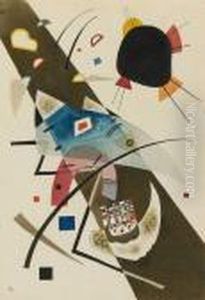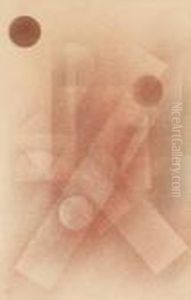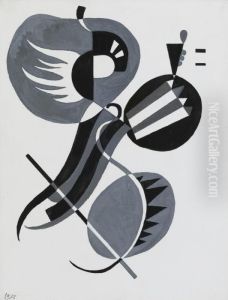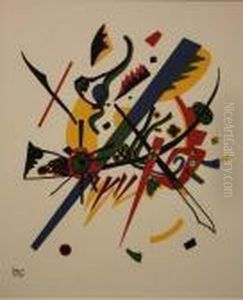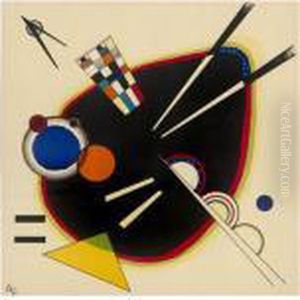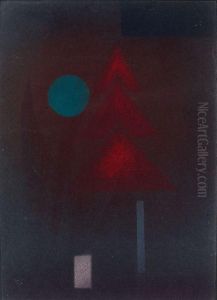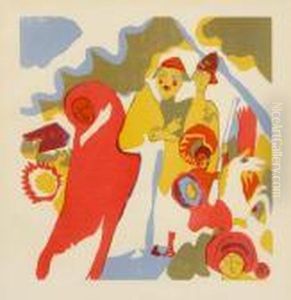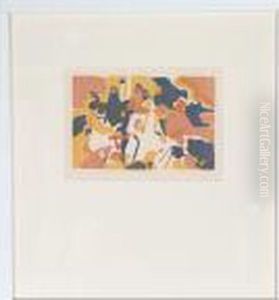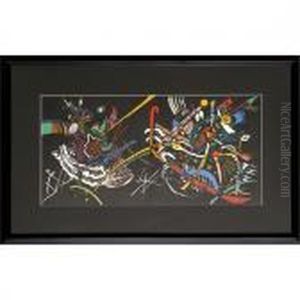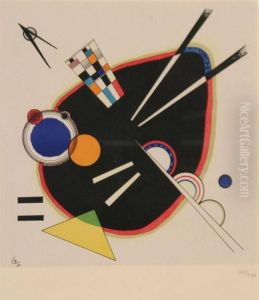Wassily Kandinsky Paintings
Wassily Kandinsky was a Russian painter and art theorist who is generally credited as the pioneer of abstract art. Born on December 16, 1866, in Moscow, Kandinsky spent his childhood in Odessa. He enrolled at the University of Moscow and chose to study law and economics. However, it wasn't long before Kandinsky decided to abandon his career in law to pursue his true passion for art.
Initially, he began studying art in Munich at the age of 30, which was quite late for a painter of his caliber. During his time in Munich, he was influenced by the rich artistic movements of the time, including Art Nouveau and the works of the Impressionists. His early works were reminiscent of a journey from representational art to his own inner vision, often drawing inspiration from Russian folklore and fairy tales.
Kandinsky's progression towards abstraction is marked by a gradual reduction of the recognizability of the subjects in his paintings. This evolution culminated in what is considered the first true abstract painting in 1911, a work that did not depict a recognizable subject but was composed of forms and colors with a life of their own.
He was also a founding member of Der Blaue Reiter (The Blue Rider), an influential group of artists based in Munich that contributed significantly to the development of abstract art. Kandinsky's theoretical works, including his book 'Concerning the Spiritual in Art', were instrumental in developing the philosophy behind abstract art, emphasizing the emotional power of color and form.
During World War I, Kandinsky returned to Russia and became involved in the country's art administration and teaching. However, with the rise of Soviet artistic restrictions and his work being criticized as too 'individualistic', he left Russia in 1921. Kandinsky then joined the Bauhaus school of art and design in Germany, where he taught until the Nazis closed it in 1933. After the Bauhaus, he moved to France, where he spent the rest of his life, producing some of his most prominent work.
Wassily Kandinsky died on December 13, 1944, in Neuilly-sur-Seine, France. His work continued to inspire generations of artists, and he remains one of the most important figures in the development of modern art.

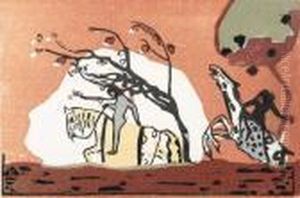
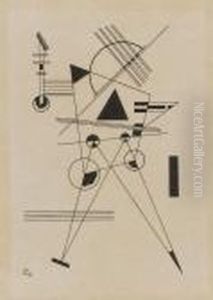
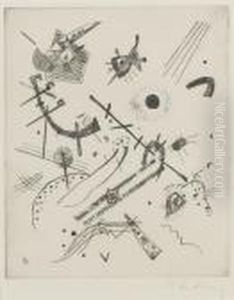

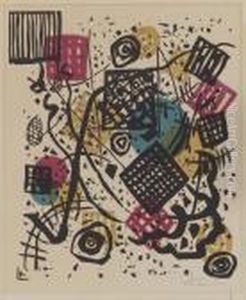
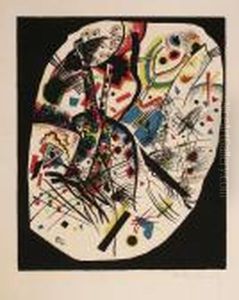
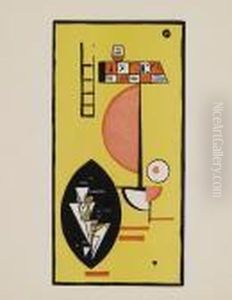
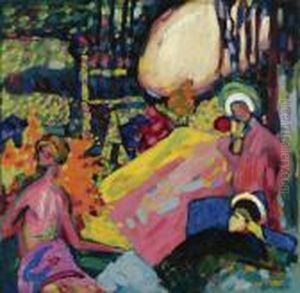
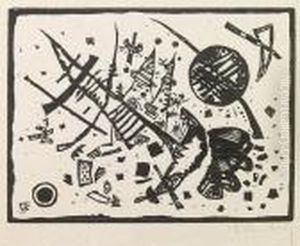
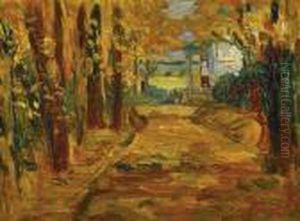
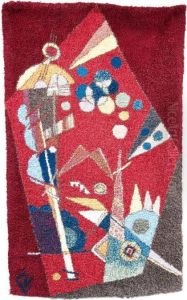
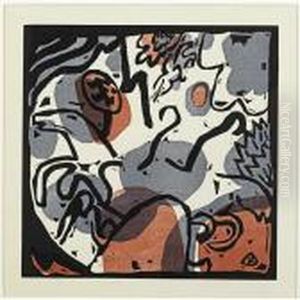
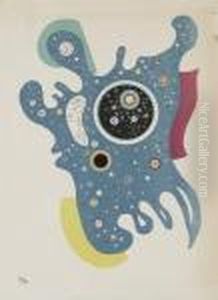
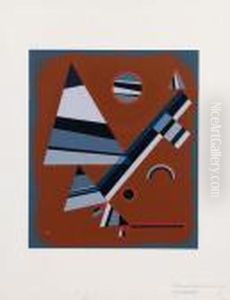
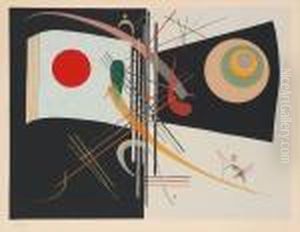
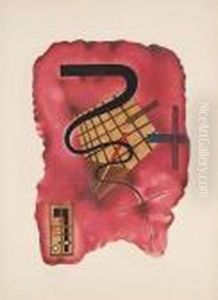
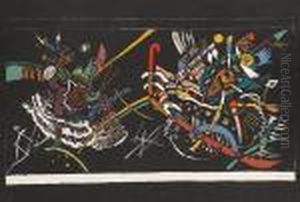
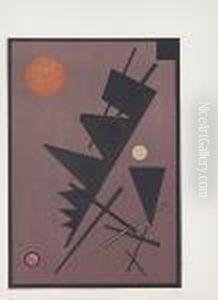
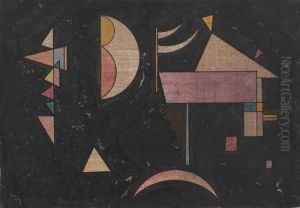
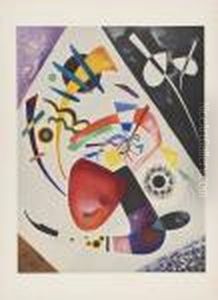
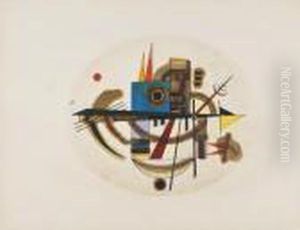
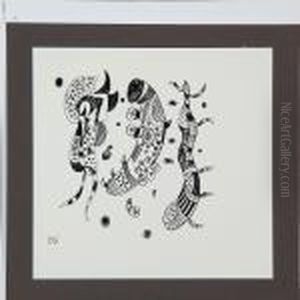
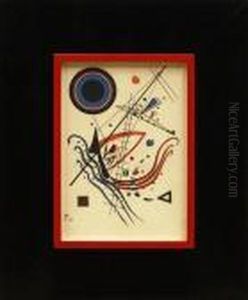
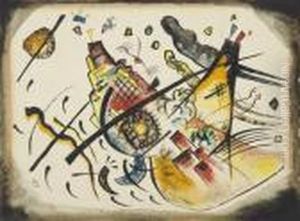
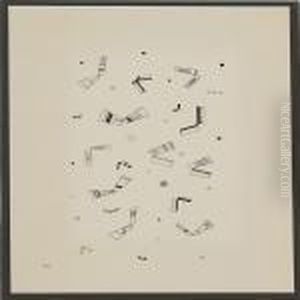
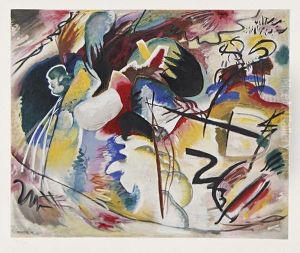
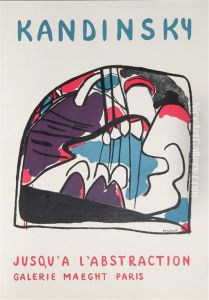
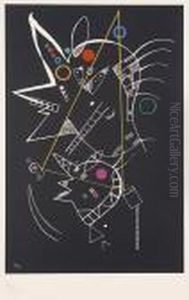
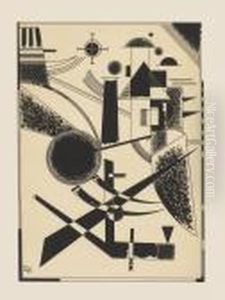
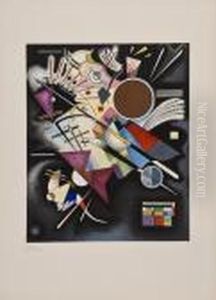
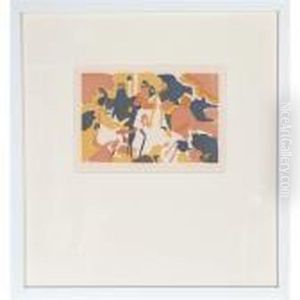
![Origine [composition En Noir]](https://www.niceartgallery.com/imgs/2387778/s/wassily-kandinsky-origine-composition-en-noir-36a88d07.jpg)
![Jour Du Jugement [composition En Noir]](https://www.niceartgallery.com/imgs/2387777/s/wassily-kandinsky-jour-du-jugement-composition-en-noir-75371bc9.jpg)
![Improvisation [composition En Noir]](https://www.niceartgallery.com/imgs/2387776/s/wassily-kandinsky-improvisation-composition-en-noir-a2d59b91.jpg)
